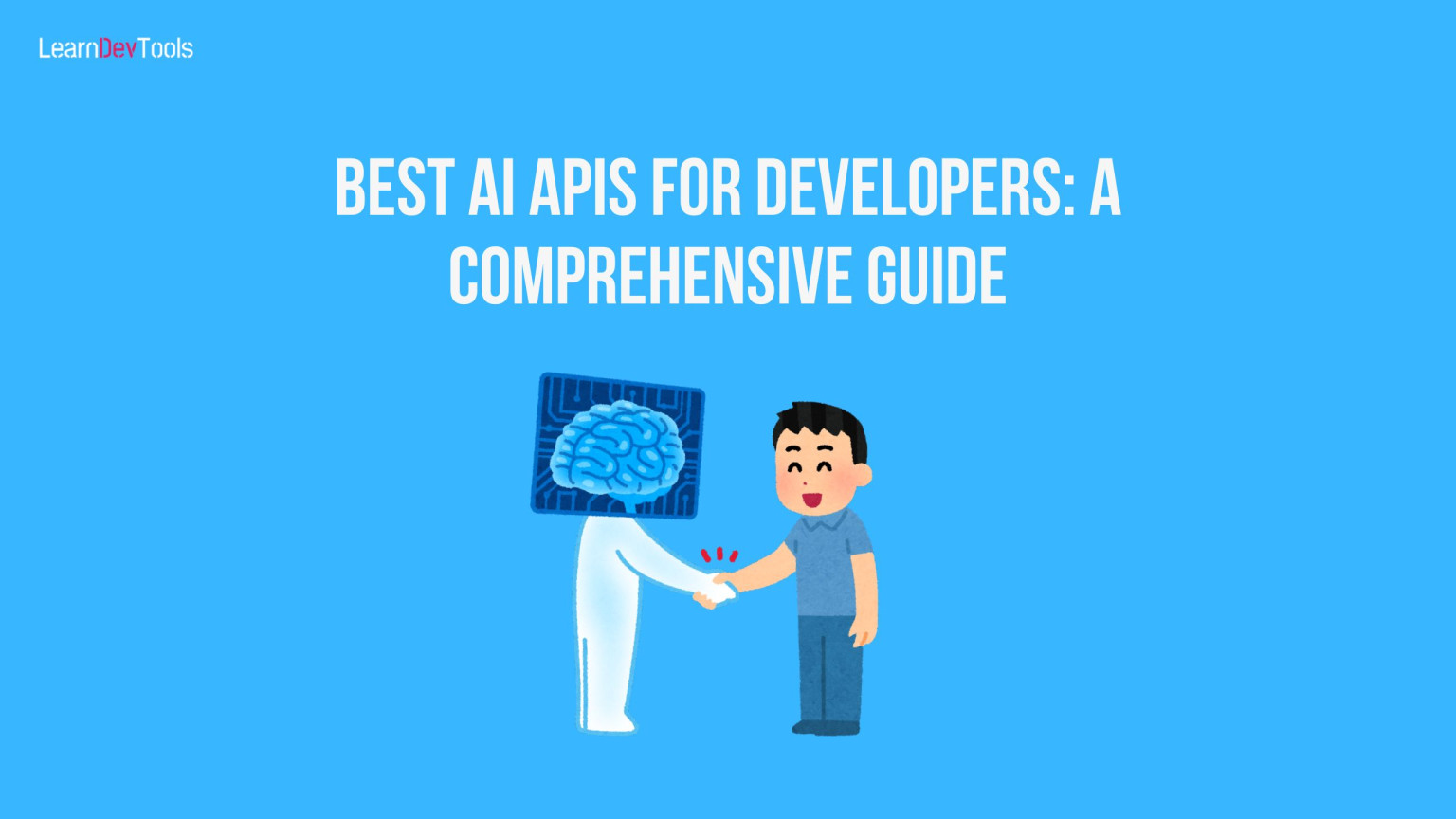Mobile app development has become an essential requirement for businesses looking to expand their reach and improve their engagement with customers. With the growing demand for cross-platform mobile apps, the competition between Flutter and React Native has intensified. Both frameworks have gained a considerable following, and developers are often left wondering which one is better suited for their project. Flutter and React Native have their pros and cons, and choosing one over the other can be a daunting task. In this article, we’ll take a deep dive into both frameworks and explore the factors that can help you decide which one is right for your project. So, whether you’re a developer, a business owner, or a tech enthusiast, keep reading to find out which cross-platform mobile development framework is the perfect fit for you.
What is Flutter?
Flutter is a mobile app development framework developed by Google. It is an open-source framework that uses the Dart programming language to build high-performance, natively compiled applications for mobile, web, and desktop from a single codebase. Flutter was first introduced in 2017 and has since gained popularity among developers due to its fast development process, hot reload feature, and intuitive UI widgets.
One of the key features of Flutter is its widget-based architecture, which allows developers to build beautiful and responsive user interfaces with ease. Flutter widgets are customizable and can be combined to create complex layouts that work seamlessly across multiple platforms. It also has a rich set of pre-built widgets that make it easy to create beautiful interfaces without writing a lot of code.
Flutter’s fast development process is another factor that has made it popular among developers. With Flutter, developers can write code once and deploy it on multiple platforms, reducing the time and effort required to develop cross-platform mobile apps. Flutter’s hot reload feature allows developers to make changes to the code and see the results in real-time, making the development process more efficient and productive.
What is React Native?
React Native is a mobile app development framework developed by Facebook. It is an open-source framework that uses the JavaScript programming language to build cross-platform mobile apps for iOS and Android. React Native was first introduced in 2015 and has since gained popularity among developers due to its performance, ease of use, and large community.
One of the key features of React Native is its ability to build native mobile apps using JavaScript. React Native uses a set of pre-built components that are designed to work seamlessly with the native platform, providing a native-like experience to users. React Native’s components can be easily customized to meet the specific requirements of the app, making it easy to build complex user interfaces.
It also possesses a hot reload feature that has made it popular among developers. React Native also has a large community of developers who contribute to the framework, providing support and guidance to new developers.
Pros and cons of Flutter
Flutter has several advantages that make it a popular choice among developers.
- One of the biggest advantages of Flutter is its fast development process.
- With Flutter, developers can write code once and deploy it on multiple platforms, reducing the time and effort required to develop cross-platform mobile apps.
- Flutter’s hot reload feature also makes the development process more efficient and productive.
- Its widget-based architecture is another advantage that makes it easy to build beautiful and responsive user interfaces.
- Flutter widgets are customizable and can be combined to create complex layouts that work seamlessly across multiple platforms.
- Flutter also has a rich set of pre-built widgets that make it easy to create beautiful interfaces without writing a lot of code.
However, Flutter also has some disadvantages that developers should consider before choosing it as their framework of choice.
- One of the biggest disadvantages of Flutter is its relative newness. Flutter was first introduced in 2017, which means that it has a smaller community of developers compared to more established frameworks like React Native. This can make it difficult to find support and guidance when facing issues with the framework.
- Another disadvantage of Flutter is its limited third-party library availability. Flutter is still relatively new, which means that there are fewer third-party libraries available compared to more established frameworks like React Native. This can make it more difficult to find solutions to specific problems when developing with Flutter.
Pros and cons of React Native
React Native also has several advantages that make it a popular choice among developers.
- One of the biggest advantages of React Native is its ability to build native mobile apps using JavaScript. React Native uses a set of pre-built components that are designed to work seamlessly with the native platform, providing a native-like experience to users.
- React Native’s hot reloading feature is another advantage that makes the development process more efficient and productive. With React Native, developers can make changes to the code and see the results in real-time, without having to wait for the app to reload.
However, React Native also has some disadvantages that developers should consider before choosing it as their framework of choice.
- One of the biggest disadvantages of React Native is its performance. Since React Native uses JavaScript, it can be slower than native app development when it comes to performance. This can be an issue for apps that require high performance, such as games or video players.
- Another disadvantage of React Native is its relative complexity. React Native has a steep learning curve, especially for developers who are new to JavaScript. This can make it more difficult for developers to get up to speed with the framework, which can be a barrier to entry for some developers.
Comparison between Flutter and React Native

- When it comes to comparing Flutter and React Native, there are several factors that developers should consider. One of the biggest factors is performance. Flutter is known for its high performance, thanks to its natively compiled code. React Native, on the other hand, can be slower than native app development when it comes to performance.
- Another factor to consider is the development process. Flutter’s fast development process and hot reload feature make it a popular choice among developers. React Native’s hot reloading feature is also popular among developers, but it can be slower than Flutter’s hot reload feature.
- Third-party library availability is another factor to consider. React Native has a larger community of developers, which means that it has a larger number of third-party libraries available compared to Flutter. This can make it easier to find solutions to specific problems when developing with React Native.
- UI development is another factor to consider. Flutter’s widget-based architecture makes it easy to build beautiful and responsive user interfaces. React Native’s pre-built components make it easy to build native-like user interfaces, but it can be more difficult to customize them compared to Flutter.
Key factors to consider when choosing between Flutter and React Native

When choosing between Flutter and React Native, developers should consider several key factors:
- Performance: If performance is a critical factor for your app, Flutter may be the best choice.
- Development process: If you value a fast development process, Flutter may be the best choice.
- Third-party library availability: If you need access to a wide range of third-party libraries, React Native may be the best choice.
- UI development: If you need to build complex, responsive user interfaces, Flutter may be the best choice.
Ultimately, the choice between Flutter and React Native will depend on the specific requirements of your project.
Summary
| Feature | React Native | Flutter |
| Language | JavaScript/TypeScript | Dart |
| User Interface | External UI kits, more UI options | Pre-built widgets, Create Widgets |
| Performance | Comparatively slower | Faster |
| Documentation | Poor Documentation | Documentation is fluid, precise and simple |
| Main Architecture | Flux and Redux | BLoC(Business Logic Component) |
| Adaptive Components | Some are adaptive automatically | Components are not really adaptive. Need to be configured manually |
| Popularity | More popular and widely adopted | Less popular |
| Community Support | Large | Smaller |
| Platform | iOS and Android | Desktop, Web, iOS and Android |
| Origin | March 2015 | May 2017 |
| Developer | ||
| Native Experience | Good | Better |
| Hot Reload | Good | Better |
| Learning Curve | Can be easy if you have knowledge of React and JavaScript | Can be easy and may require knowledge of OOP |
| Apps | Instagram, Facebook, Tesla | Google Ads, Philips Hue, Postmuse |
| Time-to-market | Comparatively slower | Comparatively faster |
| Testing | Most of the time uses third-party tools | It has a rich set of testing features |
| Code Reusability | Write code once and apply everywhere | Codebase is more reusable than in React Native |
| Layout | Uses JavaScript to interact with native modules. JavaScript code is compiled to native code at runtime | It has everything needed to build apps in its framework engine |
Case studies of successful apps built with Flutter and React Native
Flutter and React Native have both been used to build successful apps for a wide range of industries. Here are a few examples:
- Flutter: Google Ads, Alibaba, Hamilton Musical
- React Native: Facebook, Instagram, Tesla
These apps demonstrate the versatility of both frameworks and their ability to meet the specific requirements of different industries.
Resources for learning Flutter and React Native
Both Flutter and React Native have a wealth of resources available for developers who want to learn the frameworks. Here are a few resources to get started:
- Flutter: Flutter website, Flutter documentation, Flutter YouTube channel
- React Native: React Native website, React Native documentation, React Native YouTube channel
There are also several online courses and tutorials available for both frameworks.
Conclusion and final thoughts on Flutter vs React Native
Both Flutter and React Native have their pros and cons, and choosing one over the other will depend on the specific requirements of your project. Flutter is known for its high performance and fast development process, while React Native is popular for its ability to build native-like mobile apps using JavaScript.
When choosing between Flutter and React Native, developers should consider several factors, such as performance, development process, third-party library availability, and UI development. Ultimately, the choice between Flutter and React Native will depend on the specific requirements of your project.
Whether you choose Flutter or React Native, there are a wealth of resources available to help you learn and develop with the framework. With the right tools and knowledge, you can build successful cross-platform mobile apps that meet the specific needs of your business or clients.








